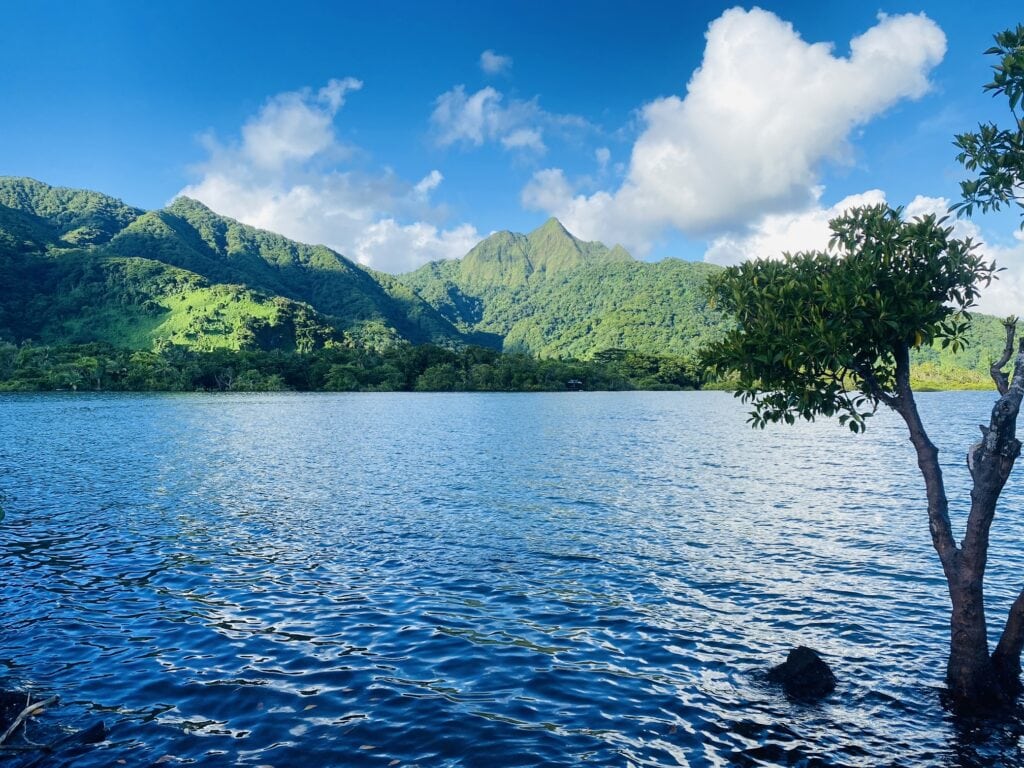Tutuila is the largest of the Samoan Islands and the most populous island of the United States territory of American Samoa. Volcanic, mountainous, and dense with vegetation, Tutuila is popular with tourists for its tropical greenery and breath-taking beaches. A recent discovery suggests that humans are not the only ones finding reasons to visit Tutuila.
Related Article: Bird Rescue Groups Issue Warnings About Jelly Feeders
The Tahiti Petrel was last recorded on Tutuila in 1986. These elusive birds breed in burrows and tend to only breed on remote mountaintops where vegetation is dense and human activity is rare. This means that their presence in American Samoa acts as a sort of vote of confidence for the health of its natural environment.
For this reason, researchers were delighted to discover Tahiti Petrel nests on Tutuila for the first time in almost forty years. In previous years, fledgling Tahiti Petrels had been found on Tutuila, leading to speculation over whether they had bred on the island or travelled from nearby islands.
In 2020, scientists began the difficult task of searching for Tahiti Petrel nests. Because they nest in burrows rather than more visible sites like trees or rocky cliffs, conservationists had to get creative to locate their nests. Rather than searching on foot, a number of cameras with microphones were installed around Tutuila’s mountains in order to listen for the Tahiti Petrel’s distinctive calls.
The result was nothing short of a triumph. After nearly forty years of presumed absence, four active Tahiti Petrel nests were discovered. When discovered, two of the nests had small chicks inside while two were inhabited by adult birds, leading scientists to conclude that the nests are active. Unfortunately, two deceased Tahiti Petrels were also found in the area. They are believed to have been killed by predators, very likely the invasive mammal predators which plague native bird populations in the area.
It is not known with any degree of certainty whether these are the first Tahiti Petrel nests to have been established on Tutuila since 1986, but the remoteness of the jungle slopes where the nests were found suggests that these birds may have been breeding on Tutuila in small numbers for many years. This would account for the fledgling sightings that have been reported in the past.
In the course of the search, several other nocturnal seabird colonies were discovered, including a few that were not previously known. These Tropical Shearwater colonies suggest that, despite the constant struggle against non-native predators, the birds of Tutuila persist in the densest tracts of the jungle.
Popular Article: Spring Survey Sees Sandhill Crane Comeback in Ohio

